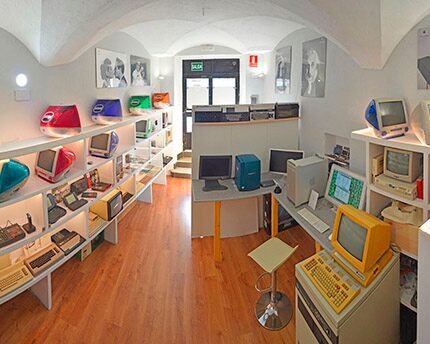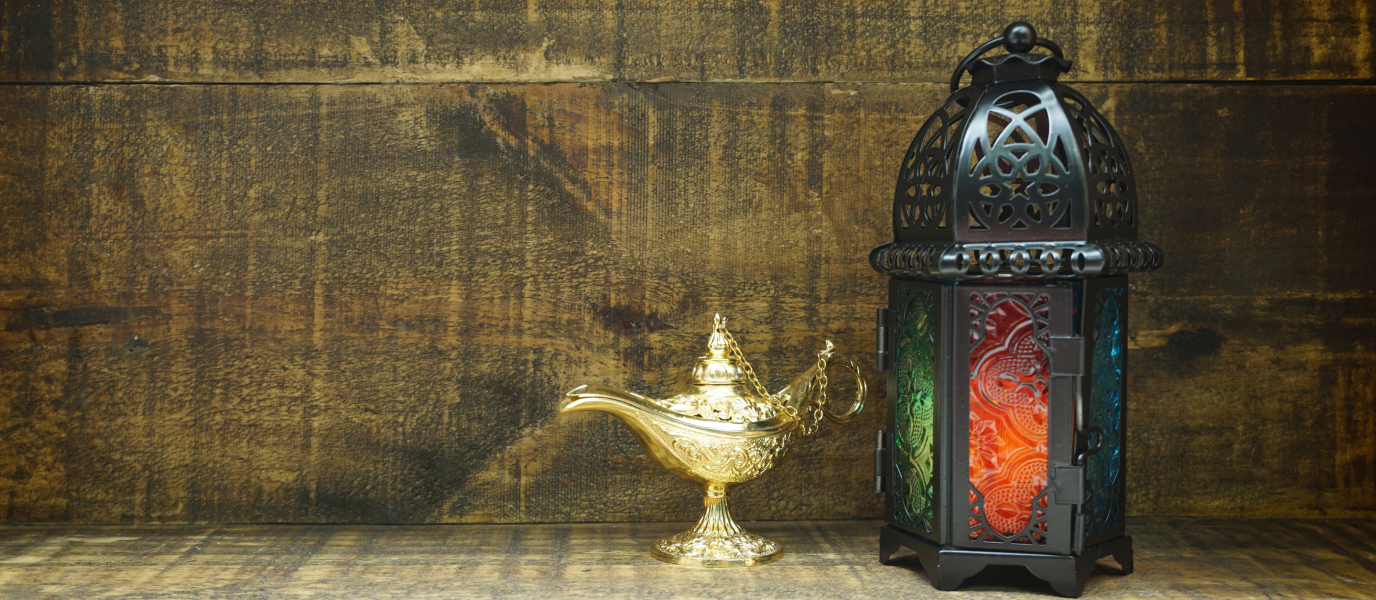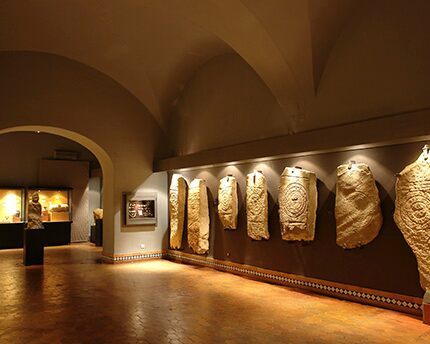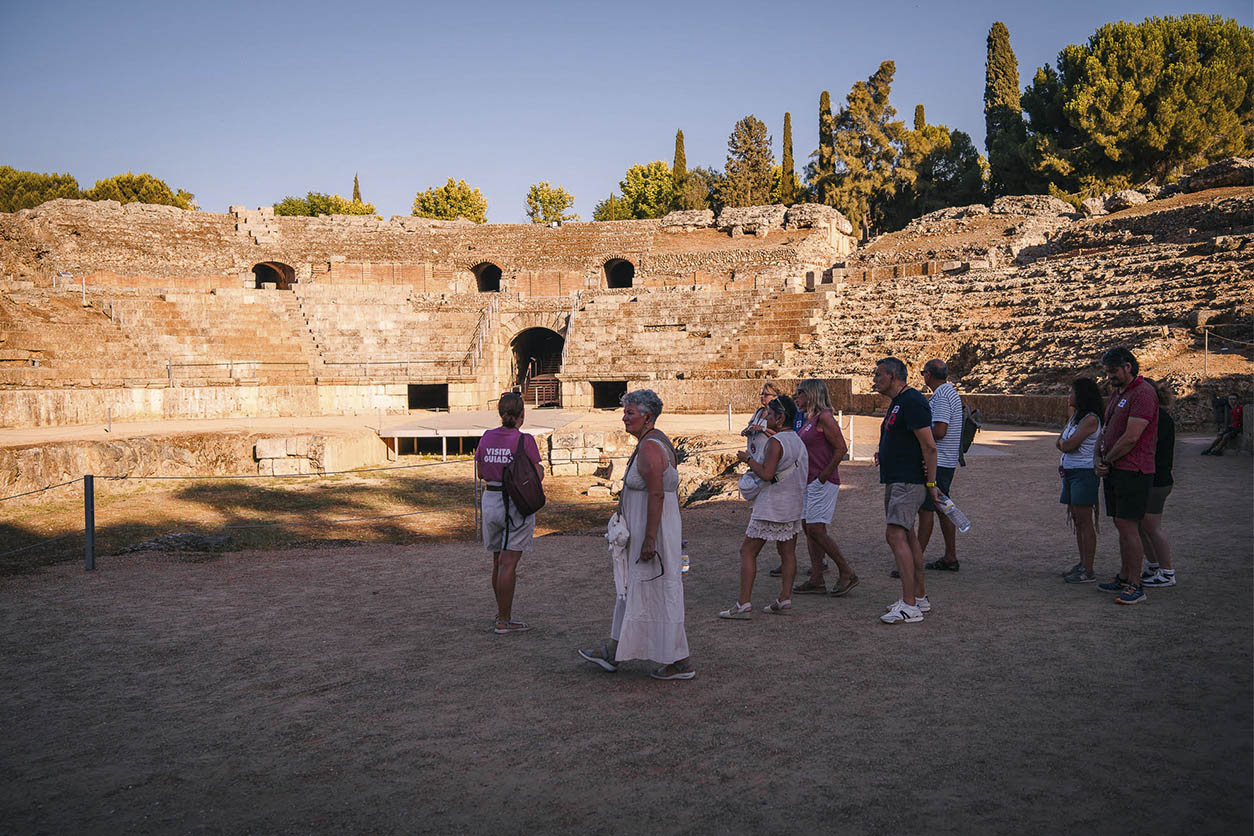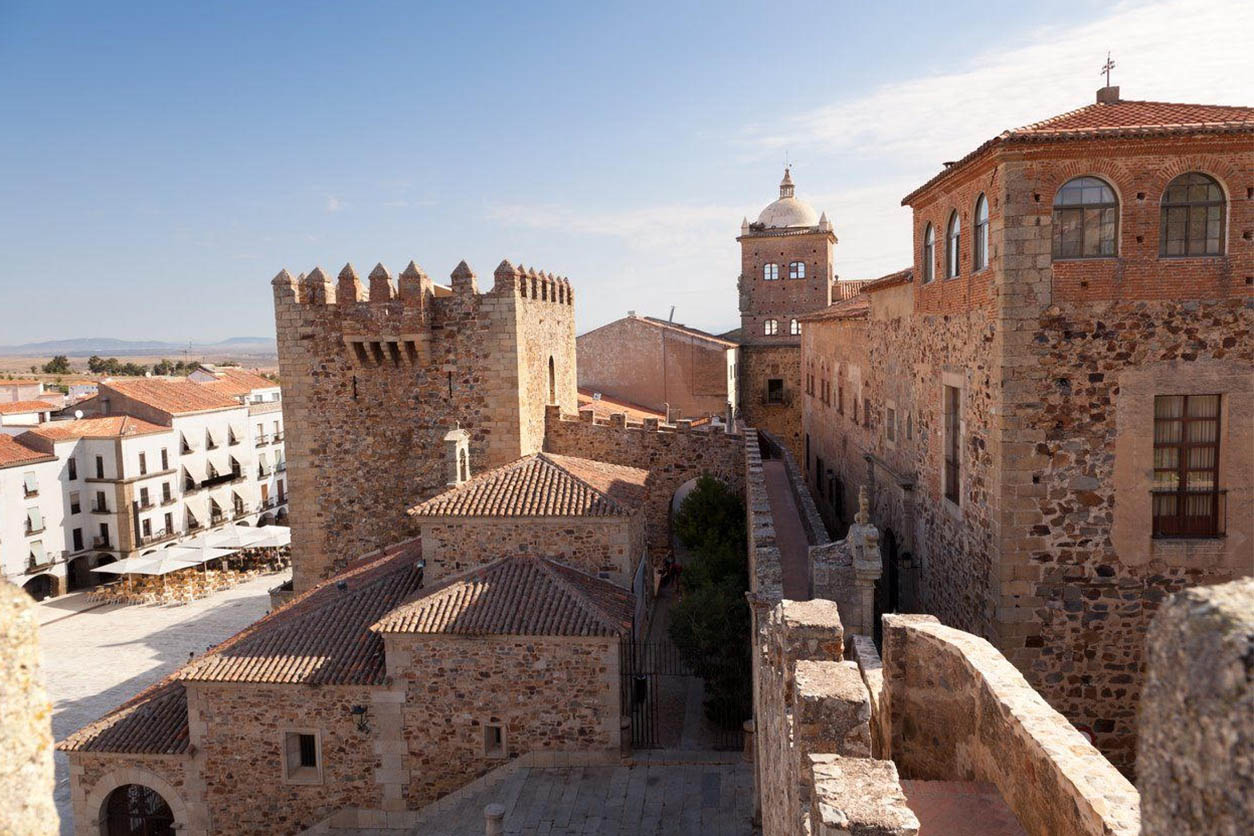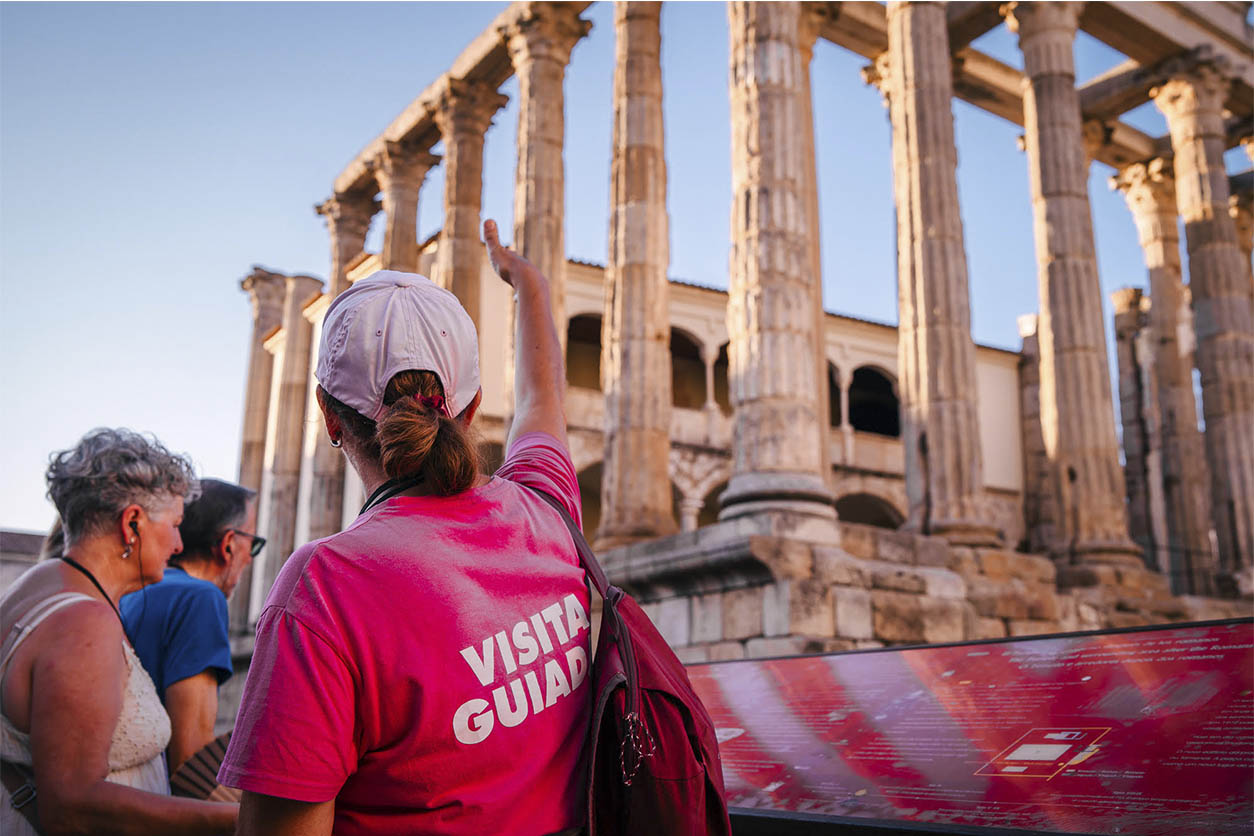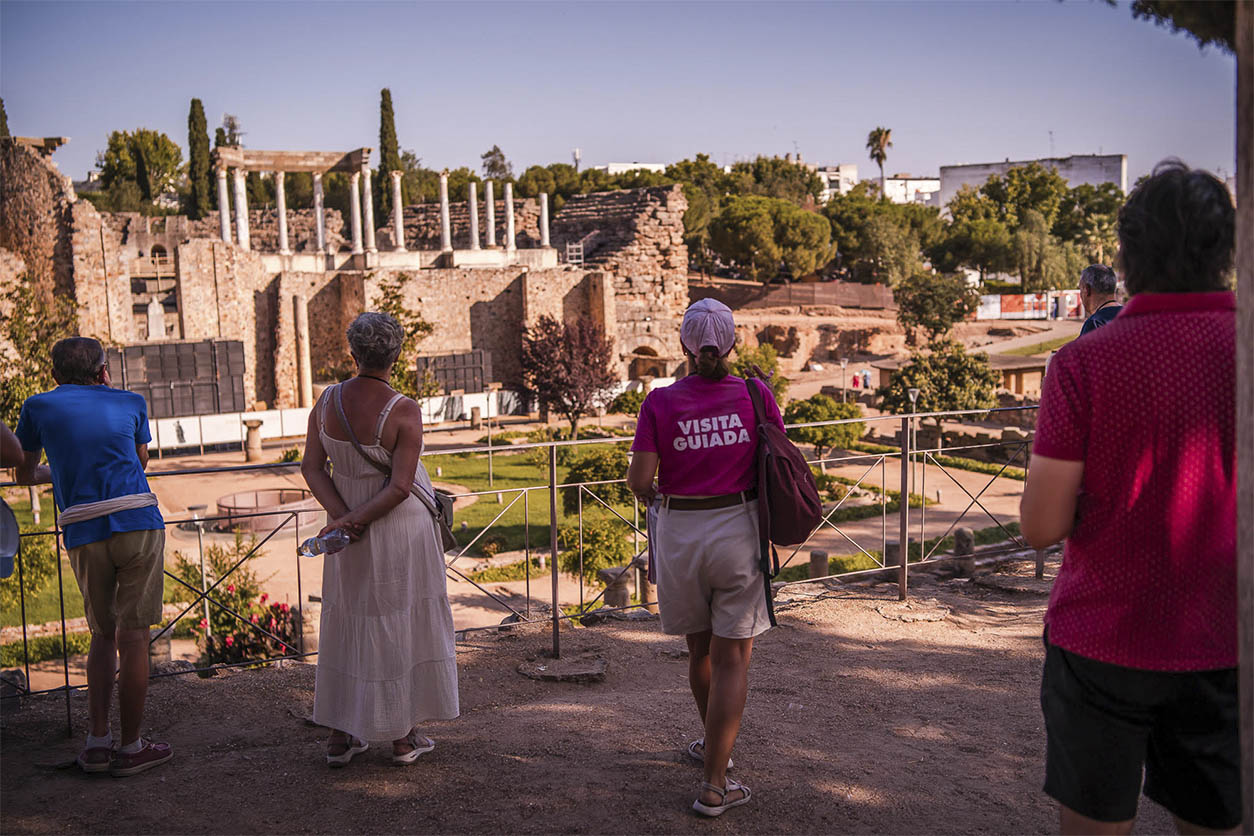The old quarter of Cáceres is full of architectural delights, with medieval art taking centre stage: the towering co-cathedral, dating from the 15th and 16th centuries in Barrio de Santa María quarter; Plaza de San Jorge square with its stunning Baroque churches; and the old Jewish quarter, perfect for a charming stroll.
Contemporary art has also found its place in this city, expanding the range of cultural experiences on offer. On the edge of the Old Town you can find an important museum of avant-garde art, the Fundación Helga de Alvear Visual Arts Centre.
It is a non-profit and independently-managed organisation that Helga de Alvear set up to share her private collection with the public. With the support of public institutions of Extremadura, she created a museum with a totally contemporary look.
About Helga de Alvear
This gallery owner and art collector was born in Germany in 1936. After completing her studies in Geneva and London, she travelled to Spain in 1957, drawn to the culture and by a desire to improve her Spanish language skills. She fell in love with the country and even met her future husband, architect Jaime de Alvear, with whom she had three daughters. Helga’s career took a turning point in 1967 when she met the famous art dealer Juana Mordó.
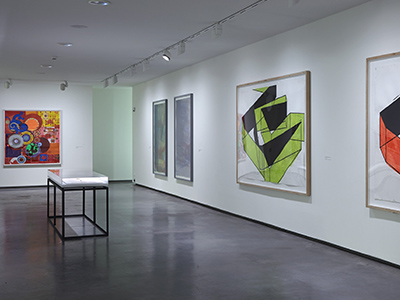
Mordó introduced her to many artists of the moment, including Chillida and José Guerrero, and the Cuenca and El Paso groups, who played a significant role in the Spanish post-war avant-garde. Her interest in art had been piqued and this was the beginning of her private collection. She worked at Mordó’s gallery and set her sights on the international market, participating in trade fairs such as Art Basel.
Helga de Alvear also helped to set up ARCO in 1982, one of the most important contemporary art events in the world. Another of her achievements was setting up the Fundación Museo Reina Sofía in Madrid.
Having put so much care into preparing her collection, she wanted to show it to the public. She established the Fundación Helga de Alvear in 2006, with support from the Regional Government of Extremadura and the City Council of Cáceres, among other institutions. Since then the museum has promoted, researched and taught contemporary art, and Helga has been honoured with several awards.
What you’ll see at Fundación Helga de Alvear
The museum building itself is fascinating. It is located on Calle Pizarro and is built in the modernist style, dating from 1910. To adapt the building to its new purpose, the famous Tuñón+Mansilla Arquitectos firm was hired for the remodelling project.
Later, in 2019-2020, they decided to extend the museum by adding an annexe building. The complex now features 5,000 m2 of exhibition rooms and around 8.000 m2 of garden space. The striking structure of white columns beautifully sets off the collection of works on display.
Helga de Alvear is particularly passionate about art from the second half of the 20th century. This is evident in her collection, which is considered to be one of the most outstanding private collections of contemporary art in Spain and Europe.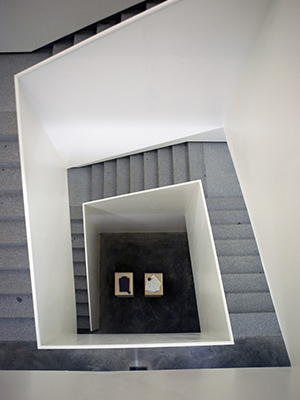
She continues to add to it today and it has grown to include almost 3,000 works by hundreds of artists since she bought her first piece back in 1967. She is especially moved by compositions that represent breakthrough innovation in art, the avant-garde of now and of the future.
Exhibitions at the Helga de Alvear museum and gallery
Temporary exhibitions are a crucial part of the museum, because they show visitors new findings or specific collections conceived as a collective whole. The most important aspect of contemporary art for Helga is that it relates to the present time, shaping languages that have not even been invented yet.
On your tour around the museum’s white galleries you will see works by artists including Josef Albers, Nobuyoshi Araki, Pepe Espaliú and Joseph Beuys. Spanish geniuses such as Salvador Dalí, Oscar Domínguez and Pablo Picasso are also featured. The magnificent collection embraces widely diverse styles, and as well as paintings and sculptures there are montages and facilities with videos, photographs and sketches.
There is also a Document Centre where you can browse through Helga de Alvear’s private library and delve into the artistic world of Spain and beyond. Some of these archives are of particular significance to researchers.
As you walk around the museum an unusual temporary exhibition will more often than not catch your eye. This is a one-off opportunity to see special works of art that you will not regret.




































































